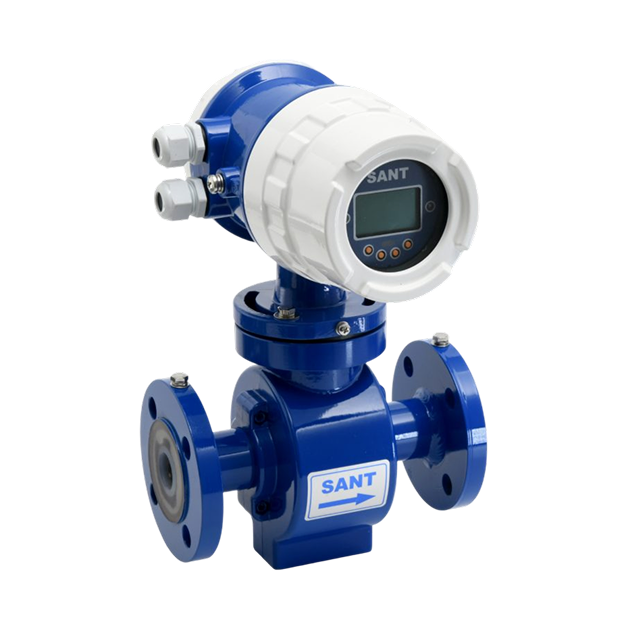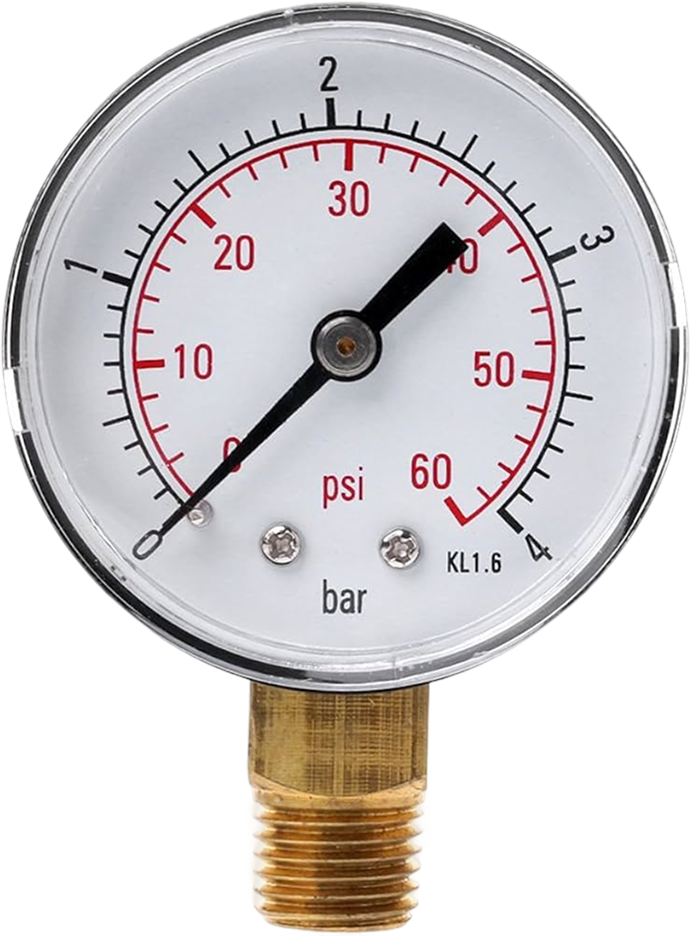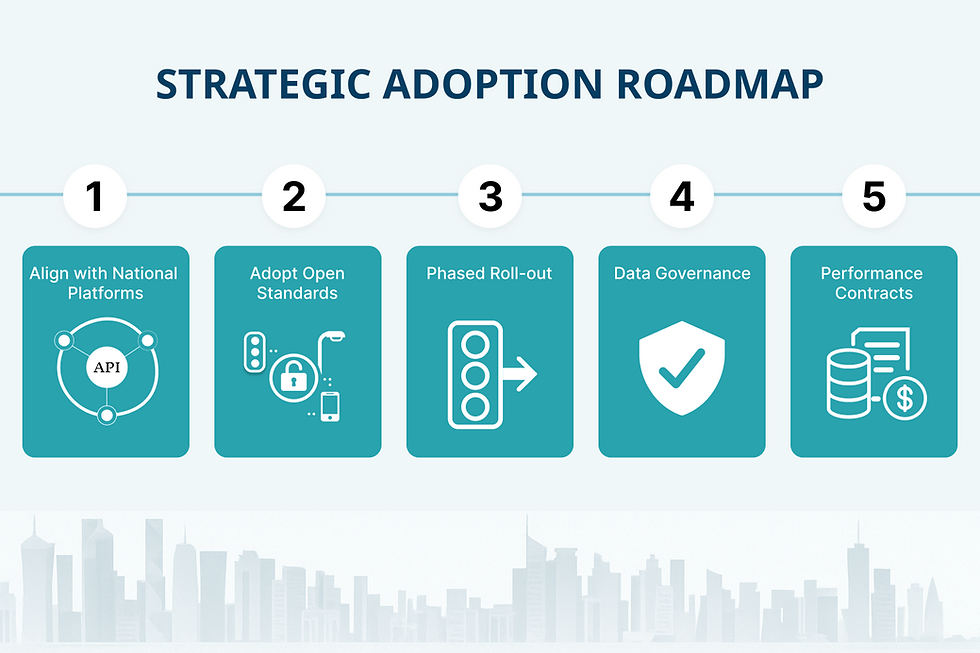
Meet our
Sensor Lineup
Industrial-grade sensors designed for reliability, accuracy, and long-term performance in challenging environments.

Pressure range: 0-16 bar
Resolution: 0.01 bar
Stainless steel construction
Explosion-proof design
Wireless data logging
WM-Pressure Gauge

pH range: 0-14
Turbidity: 0-4000 NTU
Temperature: -10°C to 60°C
Self-cleaning mechanism
Real-time data transmission
WM-Quality Monitor

Flow range: 0.1-100 L/min
Accuracy: ±2%
Battery life: 5+ years
IP68 waterproof rating
LoRaWAN connectivity
WM-Flow Sensor
5+ Years

Battery Life
15km Range

LoRaWAN
IP68 Rated

Waterproof Protection
Water Scarcity is
Growing Rapidly
Traditional water management systems are failing to meet the demands of growing urban populations. Aging infrastructure, inefficient monitoring, and reactive maintenance are costing cities billions while threatening water security.
.png)
30%
Water lost through leakage globally
.png)
40%
Global water stress by 2030
.png)
2.2B
People lack safely managed drinking water
.png)
$150B
Annual cost of water infrastructure failures
Here's How
IoT Transforms
Water
Management
Our Efficient Water Management system isn't just another monitoring tool — it's a comprehensive ecosystem that brings intelligence to every drop of water in your infrastructure.
AI-powered analytics for predictive maintenance
Real-time monitoring across your entire water network
Automated alerts and emergency response
Comprehensive reporting and compliance tracking
.png)
245 L/min
flow rate
.png)
Temperature
22°C
System Status
Pressure
.png)
3.2 bar
.png)
Excellent
Quality
All Systems Operational
Your
IoT Transformation
Roadmap
Traditional water management systems are failing to meet the demands of growing urban populations. Aging infrastructure, inefficient monitoring, and reactive maintenance are costing cities billions while threatening water security.
.png)
Real-Time Flow Monitoring
Never miss a leak again with continuous water flow tracking and instant alerts.
.png)
Detect leaks within minutes
Prevent water waste
Reduce emergency repairs
.png)
.png)
.png)
Smart Consumption Analytics
Understand usage patterns and optimize water distribution across your network.
.png)
Identify peak usage times
Optimize pressure management
Predict demand fluctuations
.png)
.png)
.png)
Quality Monitoring
Ensure water safety with continuous monitoring of pH, turbidity, and contamination levels.
.png)
Maintain water quality standards
Early contamination detection
Automated quality reporting
.png)
.png)
Urban areas struggle with chronic congestion, high-energy street lighting, and declining air quality. IoT Shabaka deploys an integrated sensor-to-cloud architecture that synchronises traffic signals, dims or brightens LEDs in real time, and streams hyper-local environmental metrics. The platform ingests multi-source data, applies AI analytics, and issues automated control commands, creating a self-optimising urban fabric.
Solution Overview
Core Architecture & Components
Layer | Key Elements | Functionality |
|---|
Impact Area | Metric | Global Benchmarks |
|---|---|---|
O&M cost | ▼ 40 % lighting maintenance via predictive alerts (Barcelona pilot) | Automated fault detection planned under TASMU Transport use-cases |
Emissions | ▼ 10-12 % CO₂ from reduced idling (Singapore GLIDE analysis) | Projected 5 % GDP-linked gain from smart-city efficiencies by 2022 |
Energy use | ▼ 30 % lighting power cut after LED+IoT rollout (Barcelona) | Msheireb Downtown reports 30 % lower overall energy demand via 8 000 smart meters |
Traffic flow | ▲ 15-25 % faster average corridor speed (AI-signal coordination, Singapore) | ITS roadmap targets 20 % reduction in delays on Doha arterials (Ashghal) |
Quantified Benefits
Strategic Adoption Roadmap
Deployment under this framework positions municipalities to exceed Qatar National Vision 2030 sustainability and mobility targets while delivering measurable economic return.
Align with National Platforms
Adopt Open Standards
Deploy ITS devices certified under Ashghal V&V guidelines to ensure interoperability and lifecycle security.
Prioritise high-congestion corridors for adaptive signal control, followed by district-wide smart lighting retrofits linked to demand-based dimming profiles.
Phased Roll-out
Enforce Qatar Cybersecurity Framework controls on all IoT endpoints; anonymise mobility data in accordance with Law (13) of 2016 on Personal Data Protection.
Data Governance
Structure energy-service agreements (ESPCs) that guarantee ≥25 % energy savings, financing CAPEX through realised utility reductions.
Performance Contracts
Integrate datasets through MCIT’s TASMU Smart Qatar backbone to leverage existing sector APIs and comply with ISO 37122 smart-city KPIs.

Smart City IoT
Real-World Impact
Roadmap
Real-World
Impact
See how our water management solutions deliver measurable benefits for cities, utilities, and facilities.
.png)
Reduce Operational Costs
Save up to 25% on water bills through leak detection and usage optimization
2.5M QR average annual savings
.png)
Improved Service Quality
Ensure consistent water supply and quality for better citizen satisfaction
40% reduction in complaints
.png)
Environmental Compliance
Meet sustainability goals and regulatory requirements with automated reporting
100% compliance tracking
.png)
Predictive Maintenance
Prevent costly infrastructure failures with AI-powered predictive analytics
60% reduction in emergency repairs




